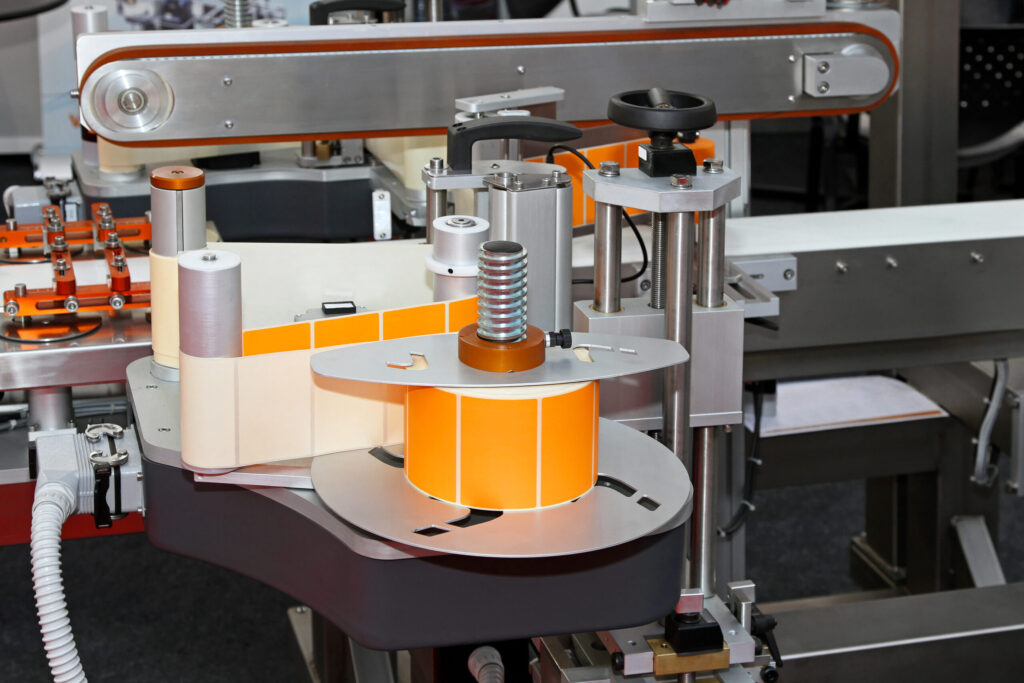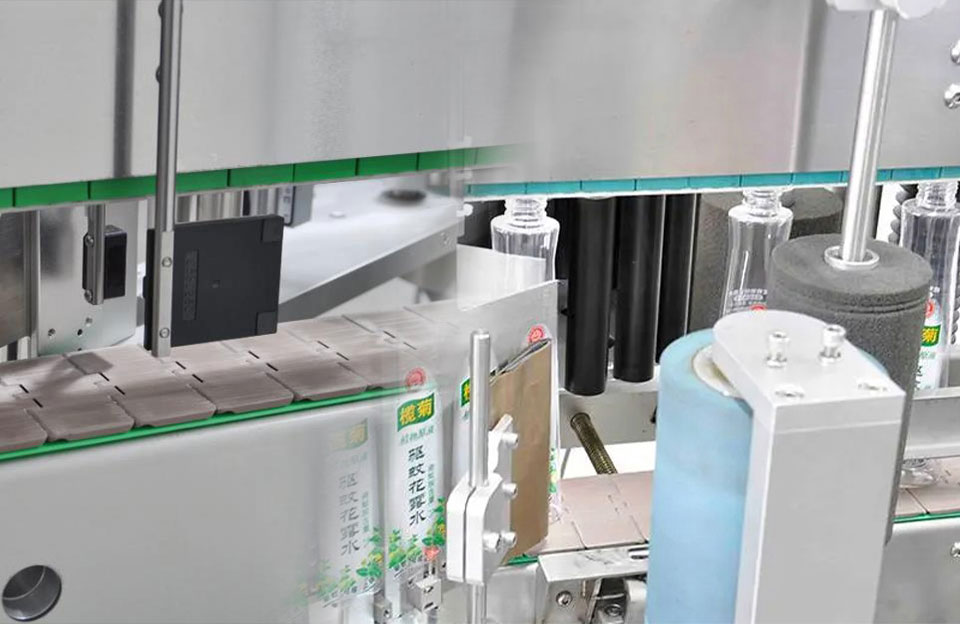Labeling machines are vital to any business as they accurately and efficiently apply information such as product names, ingredients, and warning labels to products.Therefore, it is very important for the development of the enterprise to select the types of labeling machines for the product.The high demand for labeling equipment is leading to a surge in the market size. The labeling machines market was valued at USD 3.4 billion in 2020, and this figure is expected to grow to USD 4.9 billion at a compound annual growth rate (CAGR) of 4.8% from 2021 to 2031.
The main contributor is the emergence of e-commerce. Many online businesses are popping up, and each one needs proper labeling.
The Types of Labeling Machines
There are several types of labeling machines to choose from, each designed to handle a different labeling application. Here are 7 types of labeling machines:
- Pressure-Sensitive Labeling Machines: Pressure-sensitive labeling machines use pressure-sensitive labels that adhere to products or packaging when applied, are versatile, and can handle various products. The pressure-sensitive labeling machine is suitable for flat surfaces and can label bottles, jars, boxes, and similar products.
- Wrap-Around Labeling Machines: Wrap-around labeling machines are designed to apply labels around cylindrical or curved surfaces, typically used to label bottles, cans, tubes, and other round or conical containers, ensuring that the product is Accurately aligned and apply labels smoothly on the entire circumference.
- Front and Back Labeling Machines: Front and back labeling machines are capable of labeling both the front and back of a product or package and are typically used for items that need to be labeled on multiple sides, such as with labels for branding, product information, or regulatory compliance Sexy front and back labels on the bottle.
- Top and Bottom Labeling Machines: Top and bottom labeling machines are designed to apply labels to the top and bottom surfaces of a product or package and are typically used to label boxes, cartons, pallets, or other flat surfaces that require double-sided labeling. Top and bottom labeling machines ensure accurate and consistent label application.
- Sleeve Labeling Machines: Sleeve labeling machines apply shrink sleeves or stretch sleeves to containers and are typically used to label bottles, cans, and other contoured or irregularly shaped products. When heated, the sleeve conforms to the shape of the container, creating a visually appealing and secure label.
- Rotary Labeling Machines: Rotary labeling machines use a rotary mechanism to apply labels to products or packaging, and are suitable for high-speed labeling applications, often used in high-volume industries, such as beverage bottling plants, where labels must be applied quickly and accurately.
- Printing and Labeling Machines: Printing and labeling machines combine printing and labeling functions into one machine, which can print variable data on labels, such as barcodes, serial numbers, or batch information, and then apply them to On products or packaging, often used in industries that require on-demand printing and labeling.
The Function of the Labeling Machines
The main function of a labeling machine is to automate and simplify the process of applying labels to products, packages, or containers.
- Label Dispensing: Labeling machines have a label dispenser or applicator mechanism that dispenses labels from rolls or stacks. Label dispensing ensures smooth and controlled transfer of labels for accurate placement on products or packaging.
- Label Sticking: The labeling machine sticks the label accurately and consistently to the designated area of the product or package. Different technologies can be used depending on the type of label, such as pressure-sensitive application, heat shrink application, or adhesive application.
- Label Orientation and Alignment: Labeling machines can incorporate sensors and positioning systems to detect the product’s position and adjust the label position accordingly, ensuring that the label is properly oriented and aligned on the product or package while keeping the label consistent and visually appealing.
- Label Verification: Some labeling machines have built-in verification systems, including barcode scanners or visual inspection technology, to check the presence, readability, and correctness of labels to ensure the accuracy and quality of labels.
- Variable Data Printing: Certain labeling machines, such as print and apply systems, can print variable data on labels in real time, including information such as barcodes, serial numbers, batch codes, expiration dates, and other product-specific data.
- Label Replacement and Adjustment: Labeling machines can provide adjustable settings and mechanisms to accommodate various labeling requirements, easily switching between different label sizes, shapes, or materials, enabling businesses to adjust with minimal downtime or manual adjustments to mark different products.
- Conveyor Integration: The labeling machine can label products continuously and efficiently without manual intervention and is usually integrated with the conveyor system to ensure the smooth flow of products during the labeling process.
- Control and Monitoring: The labeling machine has a control system that manages the labeling process, providing the operator with a user-friendly interface for setting labeling parameters, monitoring production status, and troubleshooting any problems.
Conclusion
The types of labeling machines are different and the overall function of a labeling machine is to optimize the labeling process, improve efficiency, and ensure accurate and consistent label application. By automating this task, labeling machines help businesses save time, reduce labor costs, enhance product presentation, and comply with labeling regulations.


